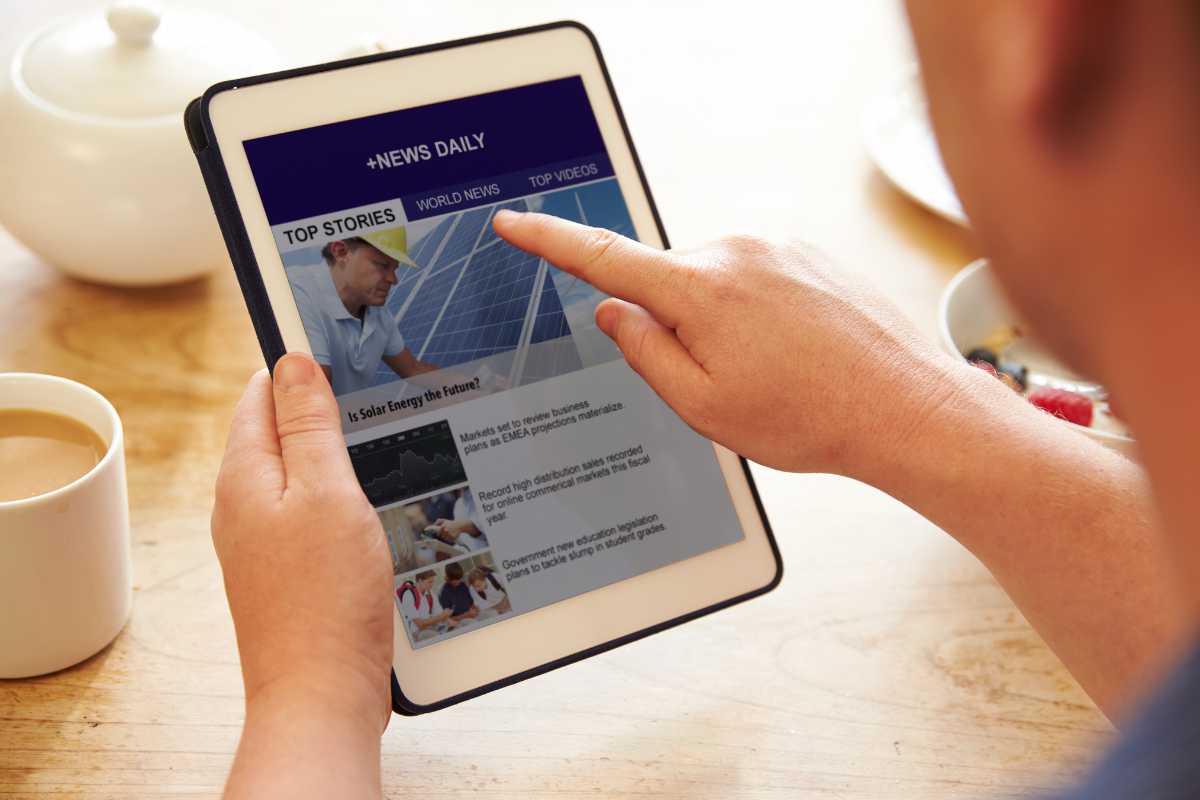“The primary focus of value-based facilities management in organizations is to support its business’ sustainability and competitiveness.”
Facilities management is the art and practice of overseeing, maintaining and fixing up the physical assets and infrastructure of a company.
It contributes to fewer expenditures, more productivity and higher levels of success in the company.
Table of Contents
ToggleWhy Is Facilities Management Necessary?
Facilities management is necessary because of the following reasons:
1. Asset Lifecycle Management
Facilities management keeps a check on each of the equipment running in the facility.
Doing so ensures that the lifecycle of the asset is extended as much as possible. This also means the removal of unnecessary expenditure which would have otherwise occurred if the equipment was left working without proper upkeep.

2. Optimal Performance Within The Facility
Facilities management checks that all equipment, buildings and other facilities are always working at optimum levels. This prevents frequent breakdowns, thus maximizing efficiency.
3. More Safety And Security On The Premises
Facilities management helps implement safety protocols for operational safety, emergency readiness and inspection every time a visitor is on site.
Proper maintenance and regard for safety operations helps keep the entire area accident-free.
4. Cost-effective Decisions
With facilities management, you are wisely allocating resources and saving operational expenditures.
Proactive maintenance and energy-efficient measures lead to a longer lifespan of your assets.
5. Space Management
Facilities management also involves managing space usage of a room for effective space allocation for different equipment. When everything has a dedicated space, workers can increase their productivity at work.
How Does Facility Management Software Improve Field Operations?
Facility management software streamlines field operations by improving communication and providing better visibility, which leads to below benefits:
1. Work Order Management
Facility management software enables field managers to manage their daily tasks and responsibilities via mobile devices.
They can see the status of work orders, explain the task in detail, set deadlines and do more. They can also maintain notes and update/close work orders in real time.
2. Asset Tracking And Maintenance
The software can track and maintain assets on the field. Field technicians can go through the entire history of the asset and decide when and what needs maintenance and checkups.
Repairs and other preventive work can be conducted thanks to the data available on the software.
3. Inventory Management
Facility management software maintains and updates records on the equipment readily available in the warehouse and which ones need immediate filling up. This reduces downtimes and keeps people prepared for emergencies.
4. Inspection And Compliance
Through the software, field managers can run compliance checks and inspect the behavior of equipment and assets.
They can also automatically update reports on the software and get the needed certificates for safety norms and other guidelines.
5. Performance Analysis
Facility management software keeps a tab on the processes happening in the field.
It records the completion time, response time, task completion rates and more. Doing so helps allocate resources properly and improve the quality of field services.

5 Tips On Implementing Facility Management Software To Improve Operational Efficiency
Implementing the software in the right way helps increase adoption success – explore these tips:
1. Start With Pilot Testing
Start implementing your facility management software in a controlled environment or in a limited space.
When you test on a small scale, you can identify potential issues and then proceed to expand its usage in a bigger area. Always start small before going all out.
2. Include Key Stakeholders
Consider the opinions of your stakeholders before implementing the software. Identify their needs, address them, and customize your software accordingly. It should truly resolve their issues, and not create more.
3. Identify Your Requirements And Select
Clearly identify the objectives for the facility management software. Recognize the features and functionalities that you’d need and only use those.
Make sure it meets the overall goal of improving organizational efficiency.
4. Set Key Performance Indicators (KPIs)
Establish KPIs to understand how successful or unsuccessful the facility management software has been for your company.
Set metrics to make it easier for you. Tweak your requirements here and there for a better understanding of the capabilities of the software.
5. Regularly Test, Update And Maintain
Stay updated with the versions coming up and upgrade your current software accordingly. Keep it compatible with new technology and security enhancements.
Monitoring Assets And Operations With Facilities Management Foftware
To summarize, facilities management software is a revolutionary tool that changes how organizations oversee and analyze their assets and operations.
The benefits are many and there is no going back to traditional methods once this software is in use. If you’re starting out, book a demo with the team at Zuper for more information.











